Consumers are turning their attention to the digital world – a world that makes their lives easier, better, and much more efficient. From buying online to getting personalized shopping suggestions to receiving monthly organic snack subscription boxes, the way consumers shop and buy has already changed. Giants like Amazon and Whole Foods are only propelling this digital and innovative world to its limits and that growth is only going to erupt more.
But with massive innovations and a connected, digital world, many industries struggle to keep up with demand and find their way in this ever-changing industry. The Consumer Packaged Goods industry (CPG) has felt the heat from these rapid changes and they have been forced to transform their old-school approaches to meet the new standards of their consumers. In order for CPGs to carve out a successful future for their business, digital transformations must take place to propel their company into the modern, digital world.
The Shift from Traditional Marketing to Digital Marketing
CPG companies have relied on traditional forms of advertising for many years. Traditional advertising is made up of print publications and ads, TV commercials, and posters in stores. With such a major shift to online shopping and online stores, traditional forms of advertising have proved less successful, and digital marketing is where more customers are converted and more sales are generated, specifically with the younger generations. Running Facebook and other social media ads, creating catchy product videos, and focusing on improving social media presence and customer engagement are just a few simple ways CPGs are using and embracing digital marketing and focusing less on traditional forms.
E-commerce
No CPG manufacturer can have growing success without the use of e-commerce. More people than ever before are purchasing and finding new products online through their computers and smartphones. Solely focusing and brick and mortar sales would lead to the demise of a CPG, so transitioning into the world of digital shopping is a must.
Although creating a simple and shoppable website is important, focusing on phone apps, social media networks, customer outreach, online subscriptions, and personalization strategies are just as important. CPGs need to follow their customers to gain their loyalty and trust, are their customers are leading them right into the digital world. E-commerce has the ability to get in front of customers and influence their shopping habits before products even hit store shelves. For instance, CPG companies can release new products through Amazon before they officially launch. These online pre-sales generate interest, allow the company to test the waters and interest in their new products, and prepare for their official launch.
Automation, Machine Learning, and AI
CPGs need to embrace and take advantage of automation if our new digital age. Automating certain aspects of the business can save time and money and produce much more efficiency. Automating can come in two forms – robotics for making physical products and robotics in software and special computer programs. Automatic and software robotics is seen in machine learning and personalization.
Consumers want personalized shopping experience and seek these options out when shopping online for certain products. Instead of a consumer having to reach out to a company through phone or email to ask about products and find what products are right for their needs, this process can use automation and machine learning to suggest products based on a customer’s needs.
For instance, a CPG company can create a short quiz that asks a customer what they are looking for, what issues they have, or what types of things they want to avoid, and much more. An AI takes the information from the customer’s answers and can run complex algorithms to suggest the best products the company has to suit their needs. This is not only more efficient for the customer, but it offloads a lot of work to a machine that a human no longer has to do, which saves a lot of time and money. Furthermore, it makes the experience for the customer much more fun and it feels more personalized. This information gathered from the AI is also stored in the company’s systems and can provide invaluable information about what customers want, their buying habits, spending habits, and other useful information.
Where Does This Leave CPGs?
As the world becomes even more progressive and digitalized, CPGs will need to grow, evolve, and digitalize with it. Digitalization will lead to more valuable data that can be collected from customer usage habits and preferences gathered by intelligent systems. CPGs will become more productive and proactive, which will allow more perception and the ability to automate systems that can predict future events. Gaining insight into the future will allow CPGs to get ahead of their customers and transform the way they are buying and shopping before the customer even realize they want that change.





